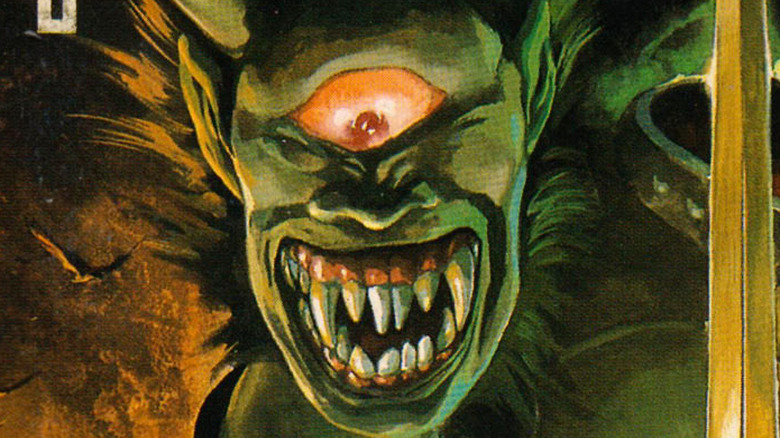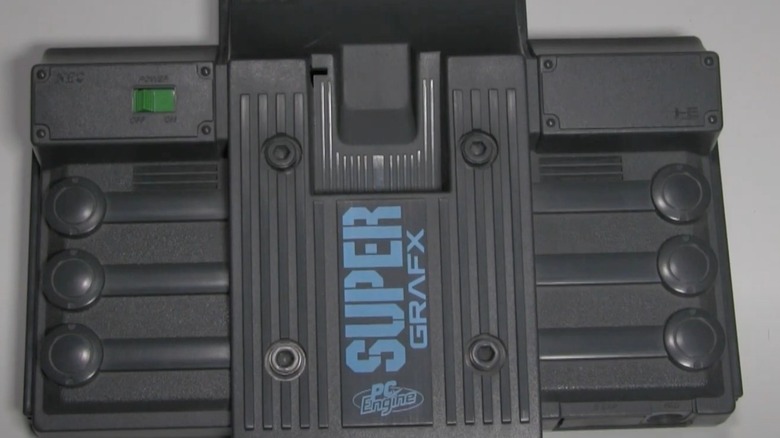Why The PC Engine SuperGrafx Was A Complete Failure
Even in the early days of console gaming, gamers already had Atari 2600, ColecoVision, and Intellivision, along with many others, vying for living room TV sets everywhere. The abundance of options would be a contributing factor in the infamous Video Game Crash of 1983. Though the future briefly looked quite bleak for the gaming industry, Nintendo came in and changed everything with its debut console, the Nintendo Entertainment System.
The NES was the system to own in the '80s, right up until Sega introduced its best-selling console, the Genesis. This kicked off one of the most iconic console wars in gaming history, as two rivals attempted to one-up each other throughout the '90s. While Nintendo and Sega were stealing the show, there were a few other systems on the market trying to squeeze their way in.
One of those systems was a product from Hudson and NEC known in the States as the TurboGrafx-16. Over in Japan, it was called the PC Engine, and that console line gave birth to a few models that never made it to the US. One of them was named the SuperGrafx, and it failed hard. This is what happened.
Was the SuperGrafx not super enough?
Writing for Wired, Chris Kohler explained that the SuperGrafx was built as a direct response to the then-upcoming Super Nintendo, though the difference in terms of technical specs was negligible. The system only released six games before it bit the dust.
According to YouTuber Top Hat Gaming Man, the SuperGrafx was intended to be the official follow-up to the PC Engine, and in an attempt to beat the competition, it was rushed out the door. Instead of advertising the system as a follow-up, however, Hudson and NEC branded it as a mere upgrade, which did not make it an appealing product to gamers who had already dropped money on the preceding console. Not only that, but games produced exclusively for the SuperGrafx — like a port of "Ghouls 'n Ghosts" — came with a high price tag, making it even harder for the console to find an audience.
Top Hat Gaming Man also pointed out that when the SuperGrafx was released, the market had not yet adapted to a culture of small hardware upgrades. If the SuperGrafx had come out a little later, then maybe it would have found greater success.
Over on a PC Engine fan forum, a user explained that NEC was known for releasing "useless upgrade after useless upgrade," which may help explain why the SuperGrafx was marketed in such an unfortunate way in the first place.


